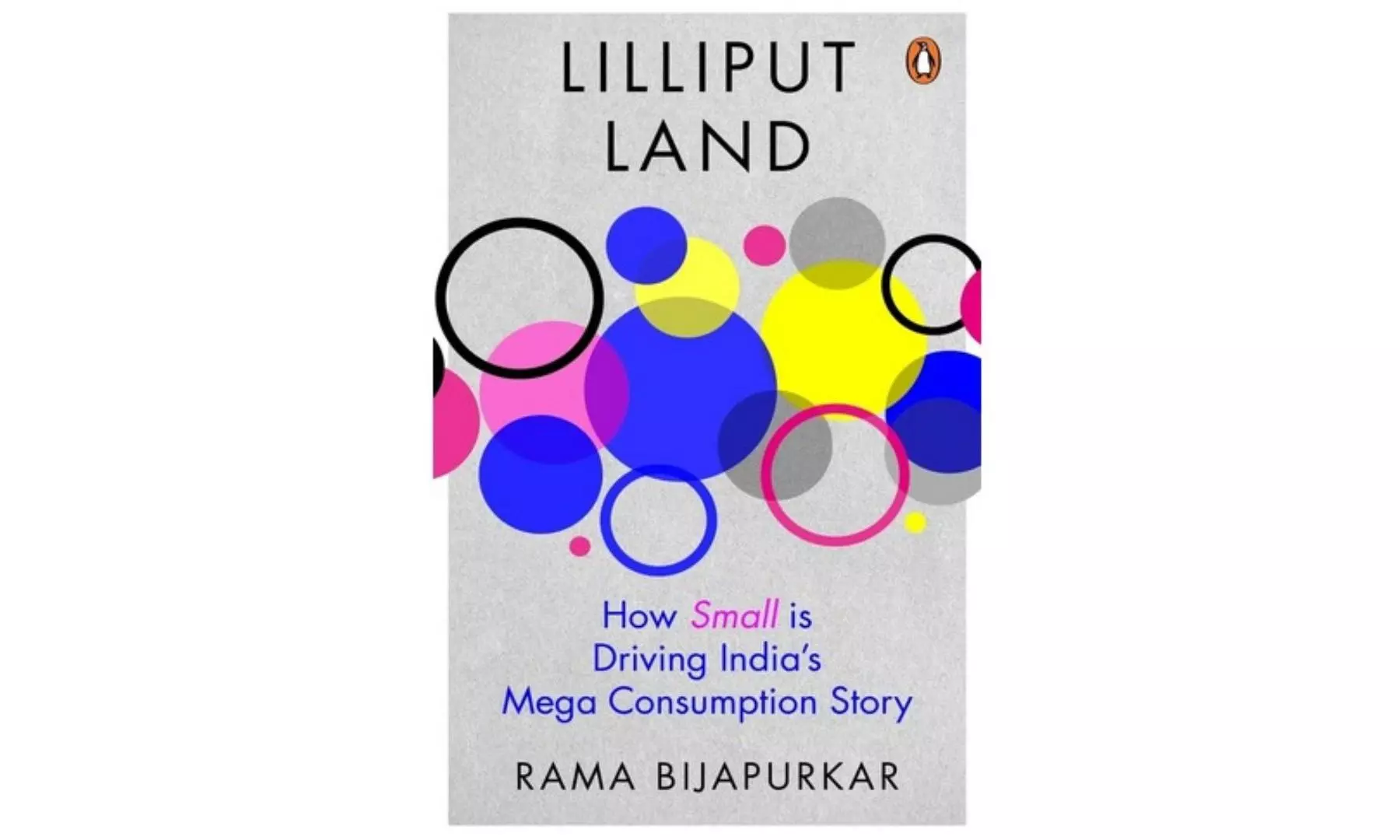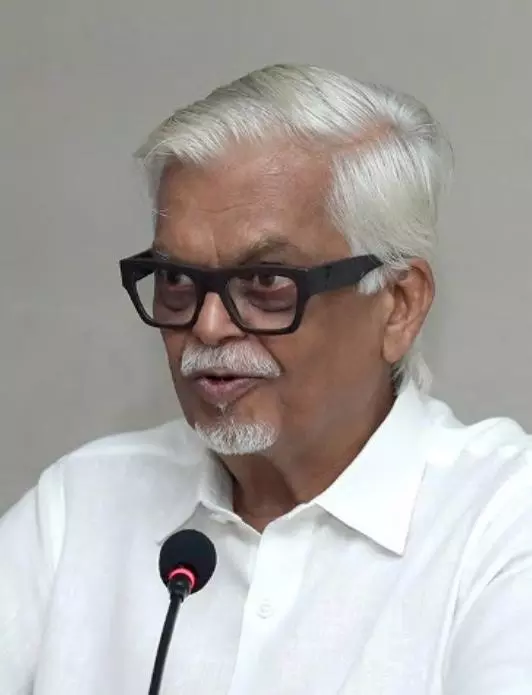Sanjaya Baru | Everyone is a consumer, but consumes differently
Insightful analysis of India's diverse consumer market and evolving consumption patterns

I have rarely used my column for a book review, but Rama Bijapurkar is different. Rama is a fellow Hyderabadi. She moved to Mumbai, while I moved to Delhi. If my books have been on politics and economics, Rama’s have been about the Indian marketplace and the Indian consumer. Her first book, We are Like That Only: Understanding the Logic of Consumer India (2007), was a classic and a bestseller.
Over the years she has tracked the Indian consumption story closely and her second book, A Never-Before World: Tracking the Evolution of Consumer India (2013), placed her firmly on top of the many observers of the Indian marketplace.
Everyone is a consumer but everyone consumes differently. That should seem obvious. However, unpacking the diversity of the Indian consumer market is easier said than done. Many companies, big ones at that and not just multinationals, often fail to understand the cultural and economic diversity of the Indian consumer.
That a serious analyst of the Indian marketplace has to reiterate that obvious point is of course a bad comment on the companies that don’t seem to get it. It is also a comment on the inadequate understanding of consumption habits on the part of economists.
Most tend to view consumption as being determined by income levels and geographic location of the consumer (urban/rural). Bijapurkar shows that not only is the income-consumption link more complex than imagined, but that apart from economic factors, social and cultural attributes of a consumer and her view of life and her place in society also matter. We must, therefore, thank Rama Bijapurkar for her new book, Lilliput Land: How Small is Driving India’s Mega Consumption Story
(Penguin Random House, 2024), that neatly unpacks the Indian consumer market with data and insights.
It was Joan Robinson, the eminent Cambridge economist, who famously observed that every statement about India and its opposite is true. Bijapurkar deploys many metaphors ranging from “khichdi” to “the elephant and the blind men of Indostan” to make the point that the patterns of consumption across regions and classes point to the fact that there are “many Indias that have had different starting points and evolved in different directions at different speeds”.
In structural terms, the Indian market can be classified in different ways.
There is a metro market, an urban and semi-urban market, a rural market and so on. In class terms, one can distinguish between an elite market of the top five per cent, an upper class market of the top 20 per cent and markets that cater to the middle and lower classes.
These terms are easier said than defined or understood. After the economic liberalisation of 1991 many studies were conducted on the size of the emerging Indian market. Many books have been written about India’s “new middle class” and so on. Yet, there is no consensus either on the actual size of this so-called “middle class” or its income and consumption characteristics.
To understand India’s consumption story one must begin by understanding the investment story. Bijapurkar is right to emphasise this. This is an idea we owe to the great 20th century economist, John Maynard Keynes, that as investment rises so does income and then so does consumption. The slowdown in investment in recent years has, therefore, quite understandably hurt consumption. However, it has not hurt all consumption. And that is a point that comes out clearly from the data analysed by Bijapurkar. Her analysis of India’s consumption story in the recent past adds grist to the argument that the post-Covid recovery has been K-shaped -- that is, some are better off and some worse off. If incomes across classes have moved in opposite directions, so has their consumption of various goods and services.
One striking table that Bijapurkar presents shows trends in share of income by different quintiles between 1994 and 2021. It shows how the share of the richest 20 per cent in total all-India household income went down from 50.2 per cent in 1994 to 44.9 per cent in 2015-16, while that of the poorest 20 per cent went up from 5.9 per cent to seven per cent during the same period. This points to an improvement in income distribution across economic classes. On the other hand, between 2015-16 and 2020-21 the richest 20 per cent increased their share to 56.3 per cent while the poorest 20 per cent found their share slipping further back to 3.3 per cent. These numbers testify to the K-shaped growth process view and are a serious indictment of the growth process during Narendra Modi’s decade in office.
Firms that have understood the income structure of this ground reality have done well by selectively targeting different consumers differently. Bijapurkar offers many examples to make her point. The real change in the Indian marketplace is the emergence of D2C -- direct to consumer -- thanks to digital marketing and e-retailing and this space is getting flooded with what Bijapurkar calls “Lilliput Brands”. Lilliput because like the small people of that famous fable they are tying down big brands that have not been agile enough to cater to Indian consumer diversity. Companies, Indian or foreign, that are sensitive to the diversity of the Indian consumer market are able to perform better than those who only have an “India” strategy that is bereft of regional and cultural variations.
Bijapurkar’s book is about more than just the macro changes. It details out the micro changes under way in terms of consumer behaviour and consumer preferences. The wealthy are no longer the drivers of change in consumption patterns. Indeed, even the so-called “middle class”, which in fact belongs to the top 20 per cent of households in terms of income, is also not as important to the change underway. Real change is coming from below and it is the digital revolution that has empowered the small and micro retailer and the small and micro consumer.
Rama has a knack of making serious analytical points with telling stories.
Indians are many different people valuing different things and behaving in different ways, reminds Bijapurkar. “In India, adaptability is considered a far bigger virtue than uniformity. After all, the gods changed character totally to deal with whatever situation they had to: the simple, the playful, the aggressive, the gentle – all representations of the same at different times, each celebrated for what it achieved.”
A useful reality check for all those seeking uniformity where none exists.
